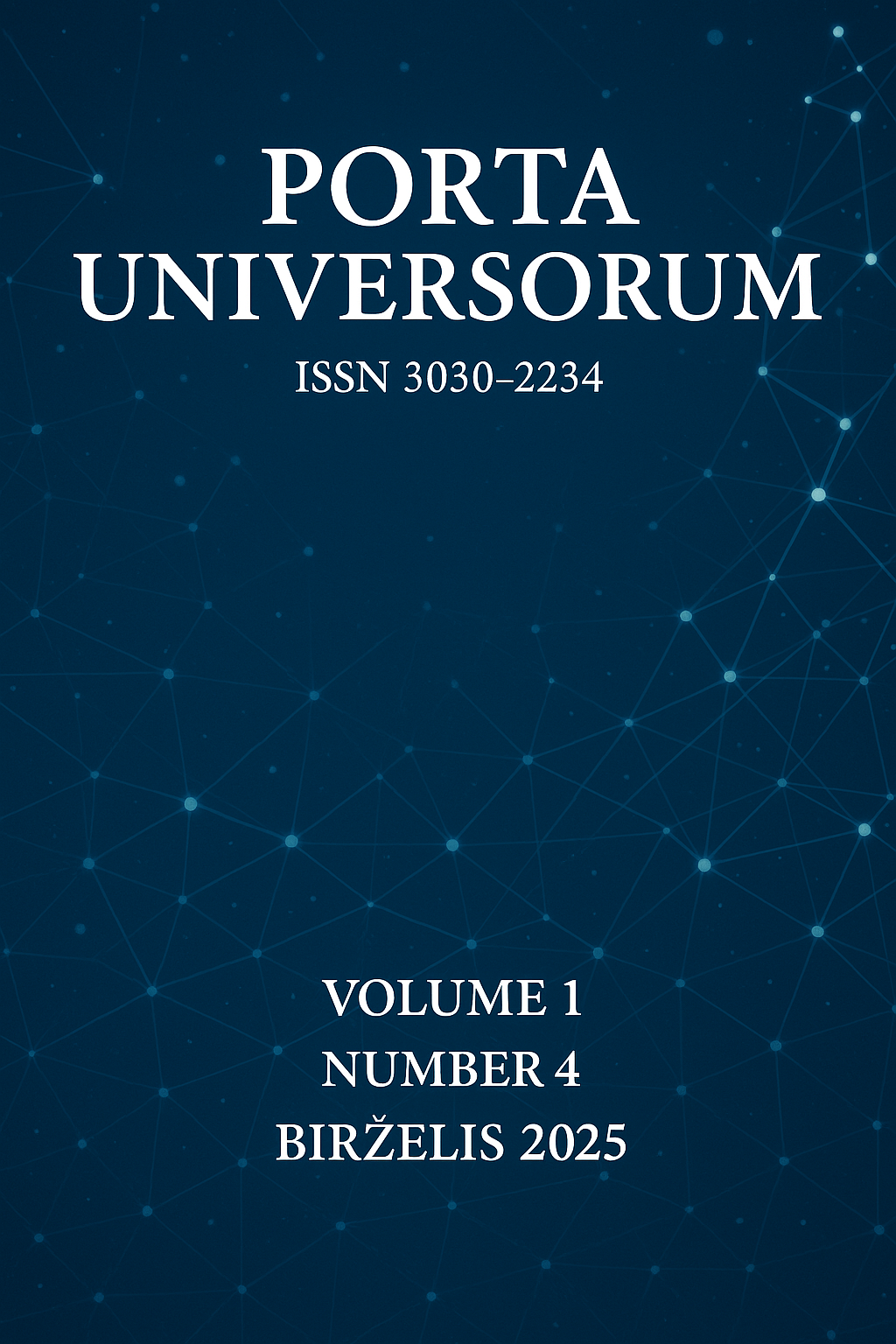Functional Sentence Perspective in Written and Spoken Communication. FSP and Intonation
DOI:
https://doi.org/10.69760/portuni.0104010Keywords:
Functional Sentence Perspective, intonation, communication, theme, rheme, writing, spoken languageAbstract
This article explores Functional Sentence Perspective (FSP), a core concept developed by the Prague School of Linguistics, as a framework for analyzing the organization of information in both written and spoken communication. Emphasis is placed on the distinction between theme and rheme, and how their progression contributes to textual cohesion and coherence. The study examines how FSP operates differently across modalities—while written discourse relies on syntactic structures and punctuation to guide information flow, spoken discourse employs intonation, stress, and rhythm to signal communicative intent. Drawing on the works of Firbas, Mathesius, and Daneš, this paper illustrates thematic progression patterns and the role of communicative dynamism in advancing discourse. Practical implications for language teaching, translation, and discourse analysis are discussed, highlighting how awareness of FSP enhances clarity, emphasis, and coherence in academic and everyday communication.
References
Brazil, D. (1997). The communicative value of intonation in English. Cambridge University Press.
Babayev, J. (2024). Usage Sphere and Lexico-Stylistic Features of Anthroponomastics. EuroGlobal Journal of Linguistics and Language Education, 1(2), 38-43.
Crystal, D. (1975). The English tone of voice. Longman.
Daneš, F. (1974). Papers on functional sentence perspective. Mouton.
Firbas, J. (1992). Functional sentence perspective in written and spoken communication. Cambridge University Press.
Halliday, M. A. K. (1967). Notes on transitivity and theme in English. Journal of Linguistics, 3(1), 37–81.
Halliday, M. A. K. (2004). An introduction to functional grammar (3rd ed., revised by C. M. I. M. Matthiessen). Routledge.
Ismayilli, T. (2024). Navigating complexities in medical text translation: Challenges, strategies, and solutions. Acta Globalis Humanitatis Et Linguarum, 1(2), 170-176.
Ismayilli, T., Mammadova, K., Ibrahimli, N., & Heyderova , N. (2025). Confirmation Gestures, Mimics and their Effects on Foreign Language Learning: Examples of EFL Students. Pegem Journal of Education and Instruction, 15(3), 112–120. https://doi.org/10.47750/pegegog.15.03.12
Mammadova, I. (2024). Motivational and Practical Frameworks for Teaching English to Weak Learners: An Empirical Study. Acta Globalis Humanitatis Et Linguarum, 1(1), 30-38.
Mammadova, I. (2025). Cognitive and Pedagogical Dimensions of Translation: A Theoretical and Practical Exploration. Acta Globalis Humanitatis Et Linguarum, 2(1), 213-220.
Mathesius, V. (1975). A functional analysis of present day English on a general linguistic basis. Mouton.
Sadiqzade, Z. (2025). From Neologisms to Idioms: Tracing Literary Innovation in the Evolution of the English Lexicon. Porta Universorum, 1(1), 13-18.
Wells, J. C. (2006). English intonation: An introduction. Cambridge University Press.
Downloads
Published
Issue
Section
License
Copyright (c) 2025 Porta Universorum

This work is licensed under a Creative Commons Attribution-NonCommercial 4.0 International License.
License Terms
All articles published in Porta Universorum are licensed under the Creative Commons Attribution–NonCommercial 4.0 International License (CC BY-NC 4.0). This license permits:
-
Sharing (copying and redistributing the material in any medium or format),
-
Adapting (remixing, transforming, and building upon the material),
-
for non-commercial purposes only,
-
with proper attribution to the original author(s) and source.
Commercial use of the material is not permitted without prior written permission from the publisher.




